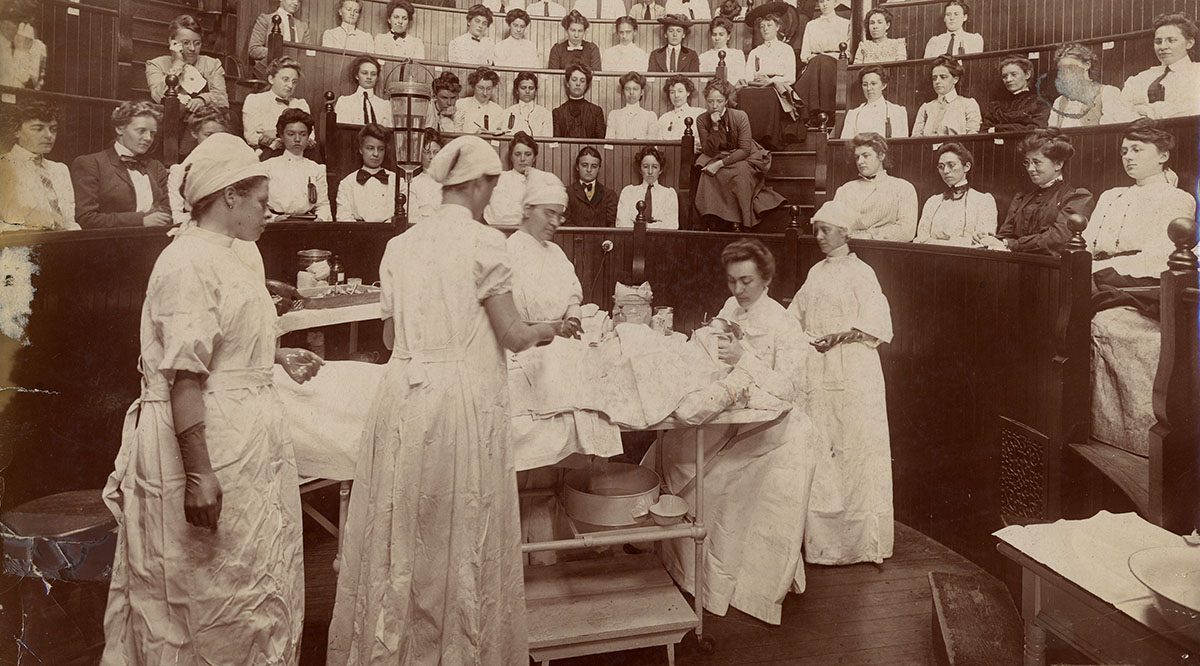
FAQ About Women in the History of Medicine
Women in the History of Medicine
2 years ago | gizem
What were some challenges faced by female medical students in the 20th century?
Female medical students in the 20th century faced numerous challenges and barriers as they pursued their education and careers in a male-dominated field. These challenges reflected the gender biases and societal norms of the time. Here are some of the significant obstacles faced by female medical students during that period:
- Limited Access to Medical Schools: Many medical schools in the early 20th century had strict quotas or outright bans on admitting female students. This limited women's opportunities to pursue medical education.
- Discrimination and Bias: Female medical students often faced overt discrimination from faculty and peers. They were sometimes excluded from lectures, laboratories, and clinical rotations, and their abilities were frequently underestimated.
- Hostile Learning Environments: The male-dominated culture of medical schools could create hostile learning environments for female students. They might experience isolation, harassment, or exclusion.
- Lack of Female Role Models: The scarcity of female professors and role models in medicine made it challenging for female students to envision themselves as successful physicians.
- Gendered Expectations: Society often held traditional gender expectations, assuming that women were primarily suited for roles as nurses, rather than physicians. This stereotype could create additional pressure on female medical students to prove their competence.
- Limited Clinical Opportunities: Female students sometimes faced difficulties in securing clinical placements, as some hospitals and clinics were reluctant to accept women as medical trainees.
- Balancing Family and Career: Female medical students often had to navigate the challenges of balancing family responsibilities with their medical education and careers. The expectation of caregiving could be a significant burden.
- Stigmatization of Women in Medicine: Some people held stereotypes that women in medicine were less competent or dedicated than their male counterparts, which could affect the opportunities and respect afforded to female physicians.
- Inadequate Mentorship and Support: Female students may have had limited access to mentors and support networks to guide them through the challenges of medical education and career development.
- Lack of Maternity Leave Policies: Many medical institutions lacked policies or support for female students who became pregnant during their medical training, leading to additional difficulties in balancing family and education.
